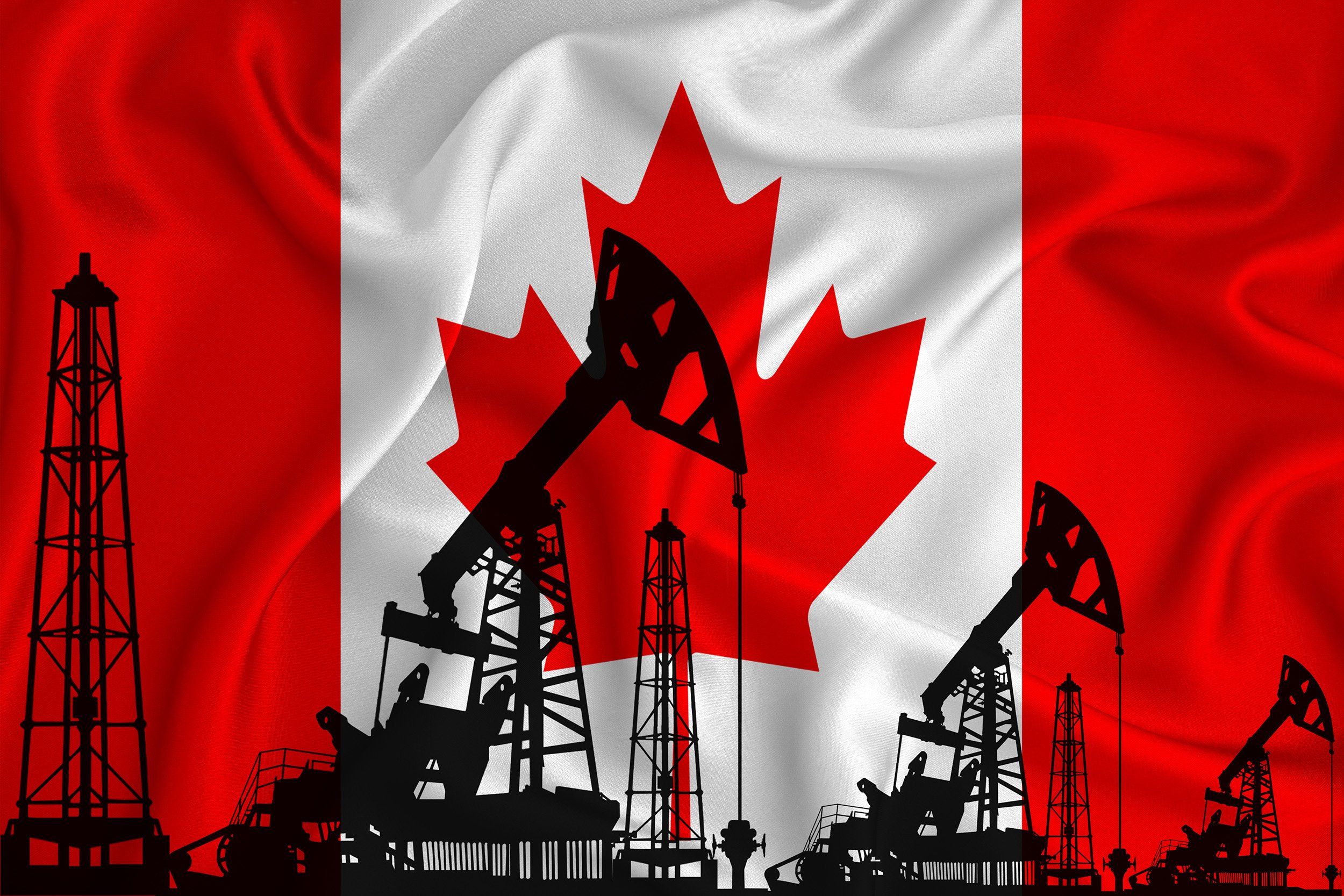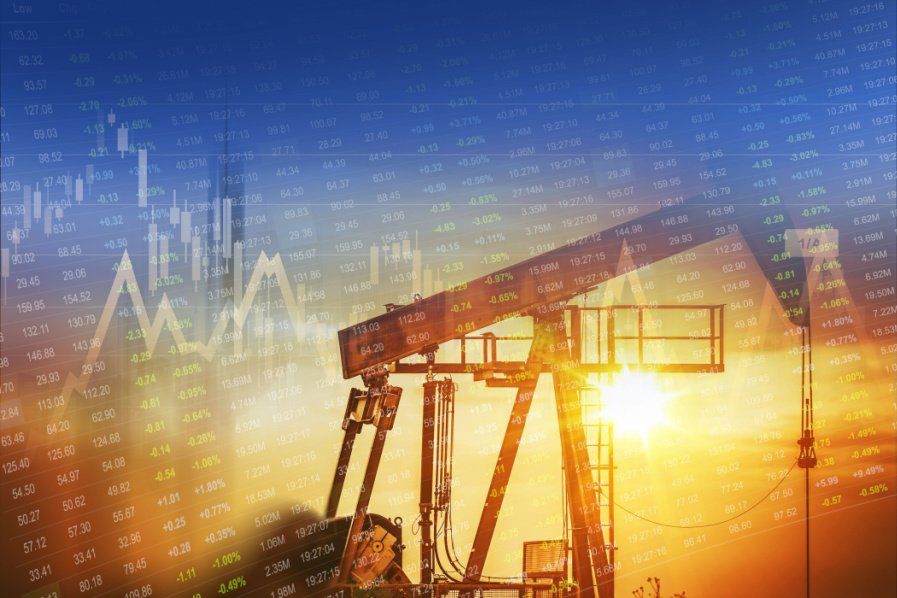Imperial (TSE: IMO, NYSE American: IMO) today provided an update on its corporate guidance outlook for 2023. The company's corporate strategy remains focused on maximizing performance of existing assets and select growth initiatives, while prioritizing shareholder returns and delivering key sustainability initiatives.
Capital spending is forecast at $1.7 billion and includes a planned ramp-up for the Strathcona Renewable Diesel project, application of solvent technologies at Cold Lake and ongoing investment on the in-pit tailings project at the Kearl oil sands facility. Imperial has included approximately $200 million in incremental capital in its 2023 plans predominantly due to accelerating the start-up of the first phase of Cold Lake Grand Rapids by about one year to year-end 2023, as well as adding incremental and accretive rail transportation scope to the planned Strathcona Renewable Diesel project to increase access to high-value markets. A final investment decision for the renewable diesel project is expected in the coming months and will be based on several factors including government support and approvals, market conditions and economic competitiveness.
In the Upstream, production is forecast between 410,000 and 430,000 gross oil equivalent barrels per day, reflecting the sale of the company's interests in XTO Energy Canada. The production outlook is underpinned by planned strong operating performance in the company's core oil sands assets and continued production growth at Kearl. Kearl remains on track to increase production to 280,000 total gross barrels per day by 2024 through reliability and maintenance improvements, debottlenecking and digital initiatives. At Cold Lake, the company is focused on progressing capital-efficient projects, including Grand Rapids and the Leming redevelopment, to sustain and grow production while reducing greenhouse gas intensity through accelerated deployment of new recovery technologies that lower emissions.
In the Downstream, throughput is forecast to be between 395,000 and 405,000 barrels per day with capacity utilization between 92% and 94%, reflecting an increase in planned turnaround activity at the company's Strathcona and Sarnia refineries in 2023. Strategic investments in efficient logistics, reliability and low-carbon product offerings ensure the company remains well positioned to continue maximizing production to provide a stable supply of fuel products to meet Canadian demand.
"Imperial's plans reflect our company's aggressive pursuit of attractive opportunities to reduce emissions, increase production and increase profitability," said Brad Corson, chairman, president and chief executive officer. "Our priority remains to maximize value for our shareholders and the company's fully integrated, high-quality assets position us well to continue delivering on our commitments throughout 2023."
A detailed mid-term outlook is planned for Imperial's investor day on April 19, 2023 in Toronto.
| 2023 Full-Year Guidance | ||||
| Canadian dollars, unless noted |
| |||
| Total capital and exploration expenditures $M | 1,700 | |||
|
|
| |||
| Upstream production boe/d | 410,000 - 430,000 | |||
| Kearl (gross) bbl/d | 265,000 - 275,000 | |||
| Cold Lake bbl/d | 135,000 - 140,000 | |||
| Syncrude bbl/d | 75,000 - 80,000 | |||
|
|
| |||
| Refinery throughput kbd | 395,000 - 405,000 | |||
| Refinery utilization % | 92% - 94% | |||
| Production is Imperial share before royalties, except Kearl which is 100% gross basis | ||||
| 2023 Planned Turnarounds | ||
| Full-year operating cost, production, crude throughput impacts | ||
| Upstream: | ||
| 2Q: Kearl, 8 kbd, $75M operating cost (IOL share) | ||
| 3Q: Cold Lake, 2 kbd, $20M operating cost | ||
| 2Q/3Q: Syncrude Coker, 5 kbd, $70M operating cost | ||
| 3Q/4Q: Syncrude Hydrotreater, 3 kbd, $25M operating cost | ||
|
| ||
| Downstream & Chemical: | ||
| 2Q: Strathcona refinery, 6 kbd, $120M operating cost | ||
| 3Q/4Q: Sarnia refinery & chemical plant, 9 kbd, $165M operating cost | ||
|
| ||
| Upstream production is Imperial share before royalties |
Forward-looking statements
Statements of future events or conditions in this report, including projections, targets, expectations, estimates, and business plans are forward-looking statements. Forward-looking statements can be identified by words such as believe, anticipate, intend, propose, plan, goal, seek, project, predict, target, estimate, expect, strategy, outlook, forecast, schedule, future, continue, likely, may, should, will and similar references to future periods. Forward-looking statements in this report include, but are not limited to, references to Imperial's corporate strategy remaining focused on maximizing existing assets, select growth initiatives, shareholder returns and key sustainability initiatives; anticipated capital and exploration expenditures of $1.7 billion for 2023; the anticipated startup of Cold Lake Grand Rapids Phase 1; a final investment decision for the Strathcona Renewable Diesel project; total Upstream and asset production guidance for 2023, Kearl remaining on track to deliver 280,000 gross barrels per day by 2024; Cold Lake's focus on projects to sustain and grow production and reduce greenhouse gas intensity; Downstream throughput and utilization guidance, and being well positioned to maximize production to provide a stable supply of fuel products; and the cost and impact of 2023 planned turnarounds.
Forward-looking statements are based on the company's current expectations, estimates, projections and assumptions at the time the statements are made. Actual future financial and operating results, including expectations and assumptions concerning demand growth and energy source, supply and mix; commodity prices, foreign exchange rates and general market conditions; production rates, growth and mix across various assets; project plans, timing, costs, technical evaluations and capacities and the company's ability to effectively execute on these plans and operate its assets, including Kearl's in-pit tailings project, Cold Lake Grand Rapids and solvent technologies projects, and the Strathcona Renewable Diesel project, and any changes in the scope, terms, or costs of such projects; factors influencing a final investment decision for the Strathcona Renewable Diesel project; the impact of digital initiatives and debottlenecking on Kearl production; the adoption and impact of new facilities or technologies such as the deployment of new solvent technologies at Cold Lake, including on key sustainability initiatives; receipt of regulatory approvals; maintenance and turnaround activity and cost; cash generation, financing sources and capital structure; capital and environmental expenditures; refinery utilization; progression of COVID-19; and applicable laws and government policies could differ materially depending on a number of factors.
These factors include global, regional or local changes in supply and demand for oil, natural gas, and petroleum and petrochemical products and resulting price, differential and margin impacts, including foreign government action with respect to supply levels and prices and the impact of COVID-19 on demand; project management and schedules and timely completion of projects; availability and performance of third-party service providers; unanticipated technical or operational difficulties; operational hazards and risks; the results of research programs and new technologies, and ability to bring new technologies to commercial scale on a cost-competitive basis; environmental regulation, including climate change and greenhouse gas regulation and changes to such regulation; lack of required support from governments and policymakers for adoption of new technologies for emissions reductions; environmental risks inherent in oil and gas exploration and production activities; the receipt, in a timely manner, of regulatory and third-party approvals; transportation for accessing markets; political or regulatory events, including changes in law or government policy such as tax laws and actions in response to COVID-19; management effectiveness and disaster response preparedness, including business continuity plans in response to COVID-19; cybersecurity incidents, including increased reliance on remote working arrangements; availability and allocation of capital; currency exchange rates; general economic conditions and other factors discussed in Item 1A risk factors and Item 7 management's discussion and analysis of Imperial Oil Limited's most recent annual report on Form 10-K and subsequent interim reports on Form 10-Q.
Forward-looking statements are not guarantees of future performance and involve a number of risks and uncertainties, some that are similar to other oil and gas companies and some that are unique to Imperial Oil Limited. Imperial's actual results may differ materially from those expressed or implied by its forward-looking statements and readers are cautioned not to place undue reliance on them. Imperial undertakes no obligation to update any forward-looking statements contained herein, except as required by applicable law.
In this release all dollar amounts are expressed in Canadian dollars unless otherwise stated. This release should be read in conjunction with Imperial's most recent Form 10-K.
The term "project" as used in this release can refer to a variety of different activities and does not necessarily have the same meaning as in any government payment transparency reports.
Capital and exploration expenditures
Capital and exploration expenditures (or capital expenditures) represent the combined total of additions at cost to property, plant and equipment, additions to finance leases, additional investments and acquisitions; exploration expenses on a before-tax basis from the Consolidated statement of income; and the company's share of similar costs for equity companies. Capital and exploration expenditures exclude the purchase of carbon emission credits.
Operating costs
Operating costs is a non-GAAP financial measure that are the costs during the period to produce, manufacture, and otherwise prepare the company's products for sale – including energy costs, staffing and maintenance costs. It excludes the cost of raw materials, taxes and interest expense and are on a before-tax basis. The most directly comparable financial measure that is disclosed in the financial statements is total expenses within the company's Consolidated statement of income. While the company is responsible for all revenue and expense elements of net income, operating costs represent the expenses most directly under the company's control and therefore, are useful in evaluating the company's performance. Reconciliation of historical annual operating costs is incorporated by reference and can be found in the company's most recent annual report on Form 10-K under the heading "Frequently Used Terms", available on EDGAR at www.sec.gov , SEDAR at www.sedar.com , and the company's website at www.imperialoil.ca .
After more than a century, Imperial continues to be an industry leader in applying technology and innovation to responsibly develop Canada's energy resources. As Canada's largest petroleum refiner, a major producer of crude oil, a key petrochemical producer and a leading fuels marketer from coast to coast, our company remains committed to high standards across all areas of our business.
Source: Imperial
View source version on businesswire.com: https://www.businesswire.com/news/home/20221219005542/en/
For further information:
Investor relations
(587) 476-4743
Media relations
(587) 476-7010


